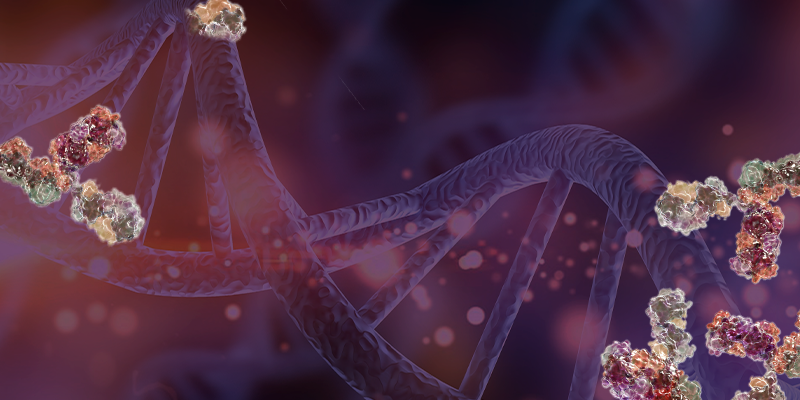Pre-existing antibodies against the adeno-associated virus (AAV) are a known challenge in gene therapy programs that use AAV-based viral vectors as their mode of gene delivery. This is due in part to the fact that a significant portion of patient populations are environmentally exposed to wild-type AAVs, and many have developed antibodies and cell-mediated immune responses to those naturally occurring viruses. Patients who have been previously administered other AAV-based gene therapies can also have pre-existing immunogenicity, which can impair the successful transduction of the vector and limit subsequent efforts to re-dose, hampering durability of the treatment’s benefit.
During a recent webinar I hosted, we took an in-depth look at the impact of pre-existing antibodies against AAV viral capsids, and how the concept that pre-existing immunogenicity is an exclusion criteria for gene therapy clinical trials is changing. We stepped through several real-world case studies highlighting different approaches being taken to contend with pre-existing antibodies, and how a clinically relevant immunogenicity strategy can be implemented.
Evolving Thinking on Pre-Existing Antibody Impact
Traditionally, pre-existing immunogenicity to AAV has served as exclusion criteria in gene therapy trials using AAV-based viral vectors. However, more and more cases of successful transduction among patients with pre-existing antibodies to AAV continue to be reported. Natural exposure to AAV often results in IgG responses that are predominantly classified as IgG1; however, there are differences in these responses in patients across age and disease state. In the webinar, I will explore how anti-AAV IgG can be more cross-reactive against AAV in some serotypes compared to others, how some AAV serotypes may be more optimal to use as vectors, and an example where AAV immunity was actually used as inclusion criteria for a gene therapy trial.
Current & Future Bioanalytical Testing Strategies
A number of tools can be used to measure and characterize pre-existing antibodies against the AAV viral capsid, guiding inclusion/exclusion criteria for clinical studies. Each method has different strengths and shortcomings. Neutralizing antibody (NAb) assays, for example, are likely to have a significant number of baseline positives, and will require testing of far more individuals for appropriate cutpoint setting – which can prove difficult in rare disease and pediatric populations. Cell-based assays can be used for transduction-based neutralization measurement but must be employed earlier for gene therapies than typically seen for other biotherapeutics. During the webinar we delved further into bioanalytical strategies for testing and how approaches using capsid decoys, engineered capsids, and immunosuppression, among others, are helping to overcome pre-existing immunity to AAV.
Watch the Webinar to Learn More
Are you developing a gene therapy that uses an AAV-based viral vector? Are you interested in hearing the latest thinking regarding pre-existing immunogenicity and its impact on gene therapy trials? Catch the full discussion by accessing the on-demand recording here.
